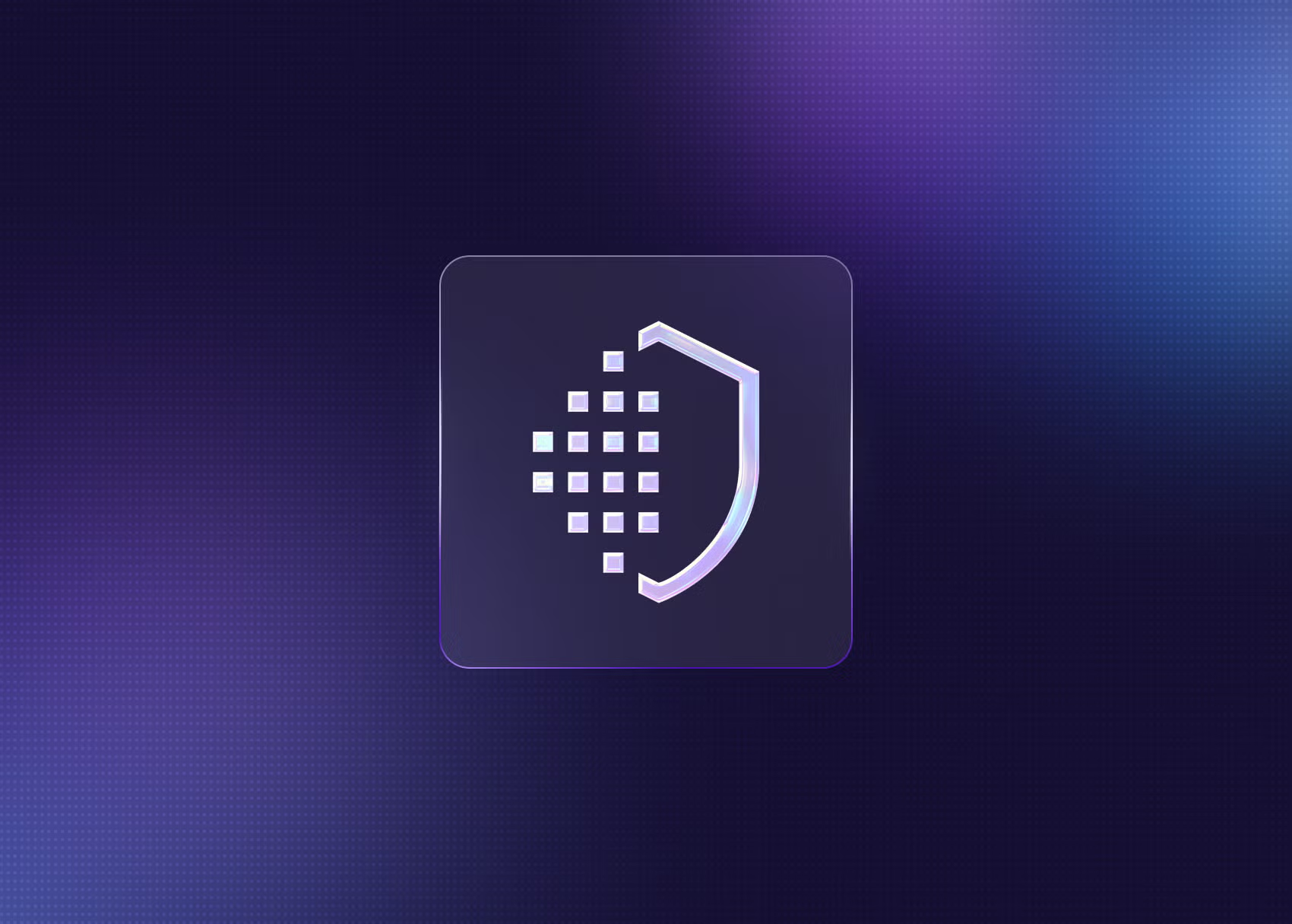SOC 2 Type 2
Examination.

SentinelOne has been independently audited against SOC 2 Security, Availability, and Confidentiality Trust Services Criteria (TSC) by Schellman & Company. This examination demonstrates SentinelOne’s commitment to maintaining the highest standards of information security, availability, and confidentiality of our internal infrastructure, controls, and customer data.
SOC 2 is an industry standard examination that was developed and maintained by the American Institute of Certified Public Accountants (AICPA).



